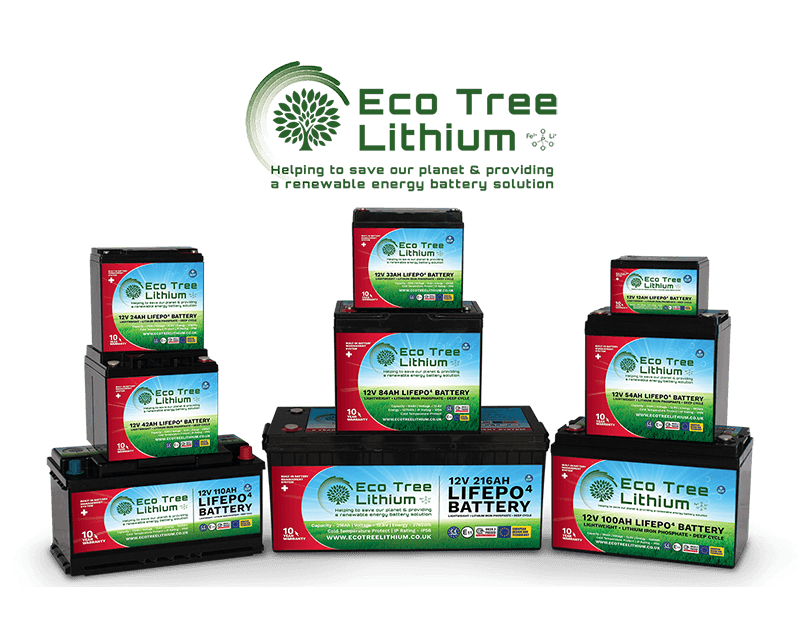- Sep 29, 2019
- 3,778
- 8,796
- Funster No
- 64,846
- MH
- Hymer Exsis
- Exp
- 20 years
Okay, I hopefully have an eco tree lithium battery on the way. The 100ah one.

 ecotreelithium.co.uk
ecotreelithium.co.uk
Current setup is 350w solar with a Votronic MPPT controller and a Victron smart shunt. The rest is standard Hymer build on a 2013 Fiat Chassis.
I currently have 2 100ah Lead Acid batteries installed.
I am happy with the solar that has a lithium setting, I am also happy that the EBL will suffice on a gel setting when I am on mains.
I am also happy that I will probably have enough usable capacity with just the one lithium giving me about 80ah of usable power instead of 100ah with my current setup.
My confusion is about the B2B.
The Hymer puts out a nice 25amps from the alternator charging via the EBL. This plus the solar has served me very well.
Having read all about B2B and lithium, I still remain confused about if I need one or not and which one to go for.
Will the lithium charge properly? Will it be damaged? Will it be £150 wasted on a B2B?
Almost every forum and FAQ say something different so?
What do you think?

Eco Tree Lithium | The Lithium Battery Specialists
At Eco Tree Lithium we develop tailored battery solutions for each market sector.
Current setup is 350w solar with a Votronic MPPT controller and a Victron smart shunt. The rest is standard Hymer build on a 2013 Fiat Chassis.
I currently have 2 100ah Lead Acid batteries installed.
I am happy with the solar that has a lithium setting, I am also happy that the EBL will suffice on a gel setting when I am on mains.
I am also happy that I will probably have enough usable capacity with just the one lithium giving me about 80ah of usable power instead of 100ah with my current setup.
My confusion is about the B2B.
The Hymer puts out a nice 25amps from the alternator charging via the EBL. This plus the solar has served me very well.
Having read all about B2B and lithium, I still remain confused about if I need one or not and which one to go for.
Will the lithium charge properly? Will it be damaged? Will it be £150 wasted on a B2B?
Almost every forum and FAQ say something different so?
What do you think?

